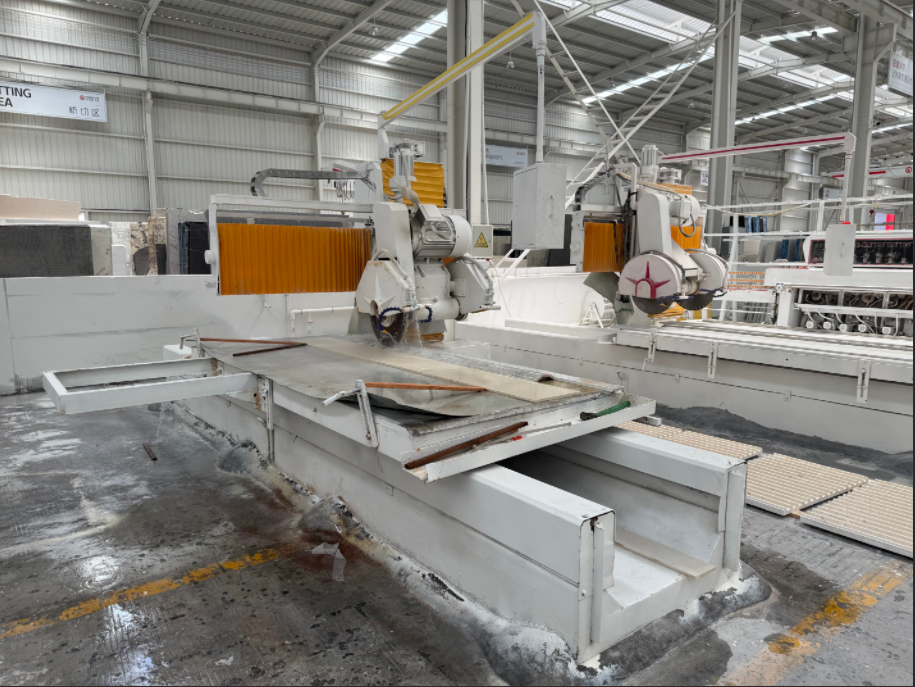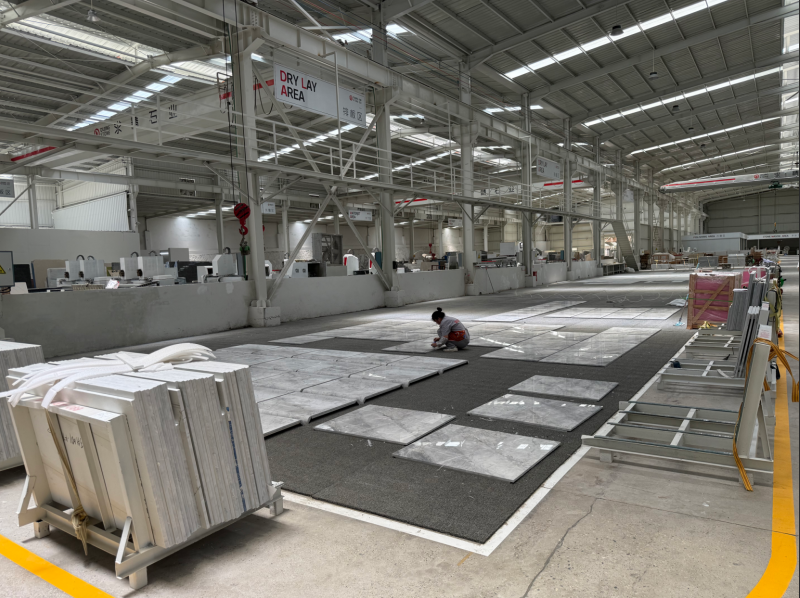When it comes to marble, the construction site is the final destination, but its journey doesn’t end there. Marble is extracted and then carefully transported to various locations via multiple meticulous steps, ensuring optimal quality and a speedy arrival. This knowledge of the entire supply chain is advantageous for those involved in large projects as it allows them to make better decisions while determining the resources and installations needed for a successful completion.

The journey begins at the marble quarry site, where minerals are extracted as meticulously as possible by using advanced, environmentally friendly technologies. Specialized tools are used to slice through and obtain distinct blocks of marble, ensuring other rock formations are undisturbed. Stones are also evaluated onsite by skilled professionals ensuring the quality of stone is desirable for eminent projects. Marble blocks that are destined for used in luxury hotels and public monuments undergo a thorough check for the right amount of veining and strength. Water is also used to control dust as a precaution. This subdued strategy aligns with the principles of green construction used for sustainable building practices.
After being extracted from the quarry, marble blocks are transported to the processing units where they are sliced, shaped and organized in the cuboids the customers requested. Increasing, precise configuration, custom made blocks can also be made by using advanced tools such as, CAE, CNC, CAM and laser tools as simulation based machines. As an example, a slice of marble can be made to attain specific scents as designed for a shopping floor.This stage also involves some final touches like polishing or honing, adding a final touch to the surface of the marble to meet the demands of the project, whether a glossy or a matte finish lobby or a terrace.
As marble moves through the supply chain, sub-quality marble is systematically filtered out. At the quarry, geologists evaluate blocks for strength and weathering resistance. Inspectors evaluate blocks post fabrication for cracks or inconsistencies that may inhibit optimal performance. There are also high stakes projects, e.g. airport terminals that require more testing. In addition to the aforementioned tests, these projects are also assessed for stain resistance and marble, like pressure, for heavy foot traffic. Only blocks and slabs that pass these tests are advanced to the nex stage to minimize the chance of delays or replacements later.

Transporting the blocks from the quarries to the fabrication workshop and later to the project site involves sophisticated logistics. For transport, heavy-duty trucks with reinforced beds are used to maximize block integrity. Fabricated slabs, mixture slabs and all other types are stored in, and transport to fabrication workshop, moisture blocked, and untempregulated slabs containers to shield them from moisture, extreme temperatures and other form of environmental aggression. For projects extending over borders, freight partners work with the port to accelerate customs clearance. Logistics teams also plan the most time-efficient routes for projects with limited time, like stadiums or convention centers.
The last step integrates supply and project execution. The marble slabs are inspected again to make sure they are the same as the chosen samples. The installation crew collaborates with contractors to safely unload materials and store them in predetermined places to avoid breakage. Craftsmen then bond and position the marble slabs with adhesives and other methods that do not compromise the stone. For more intricate and complex structures, such as curved walls or mosaic patterns, site supervisors check that every stone aligns with the fabrication and maintains the visual continuity of the project. The coordination of the suppliers, contractors, and installers guarantees that the marble integrates seamlessly with the rest of the building.

 Hot News
Hot News2025-10-22
2025-09-15
2025-09-12
2025-09-12
2025-09-08
2025-09-02